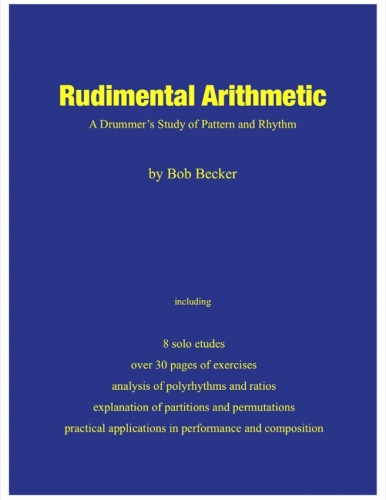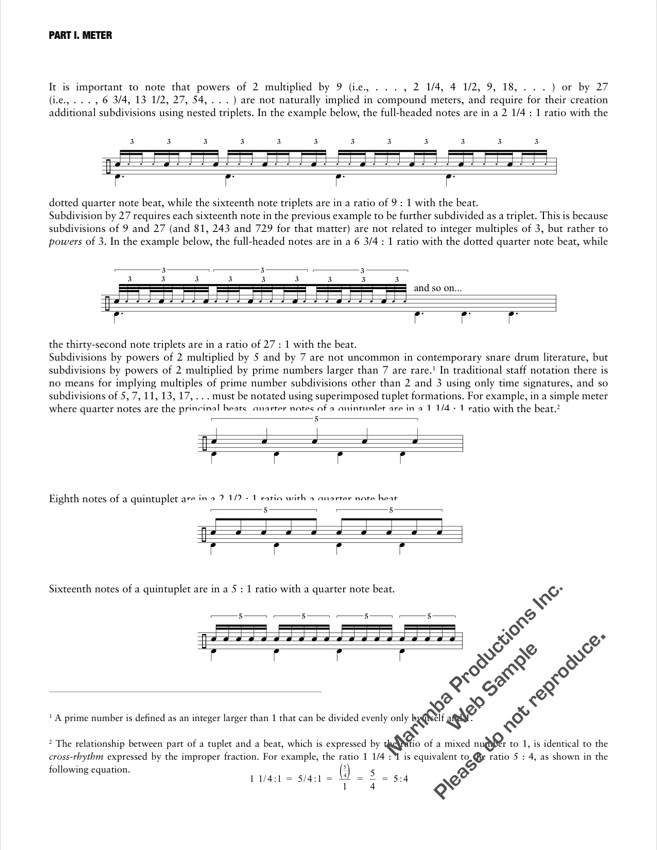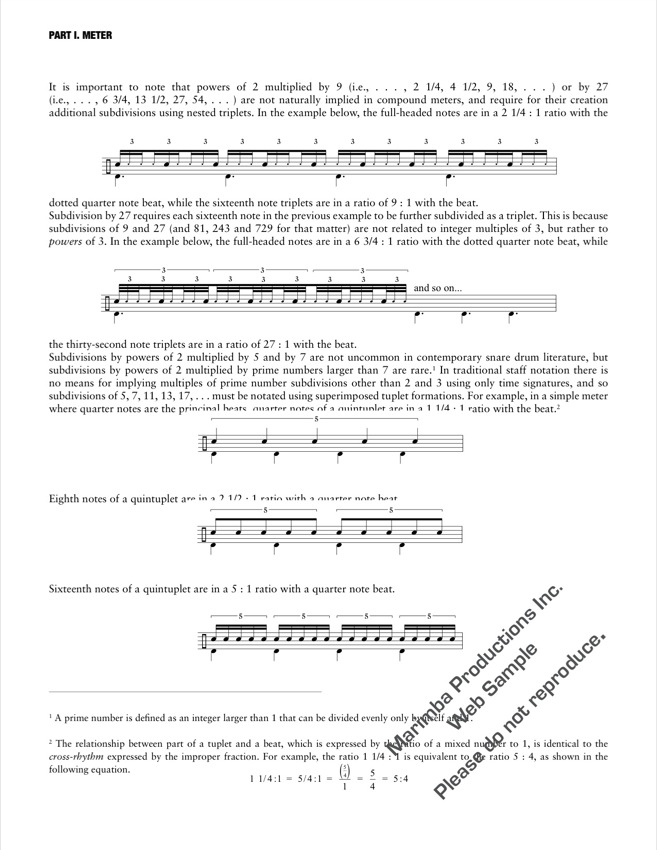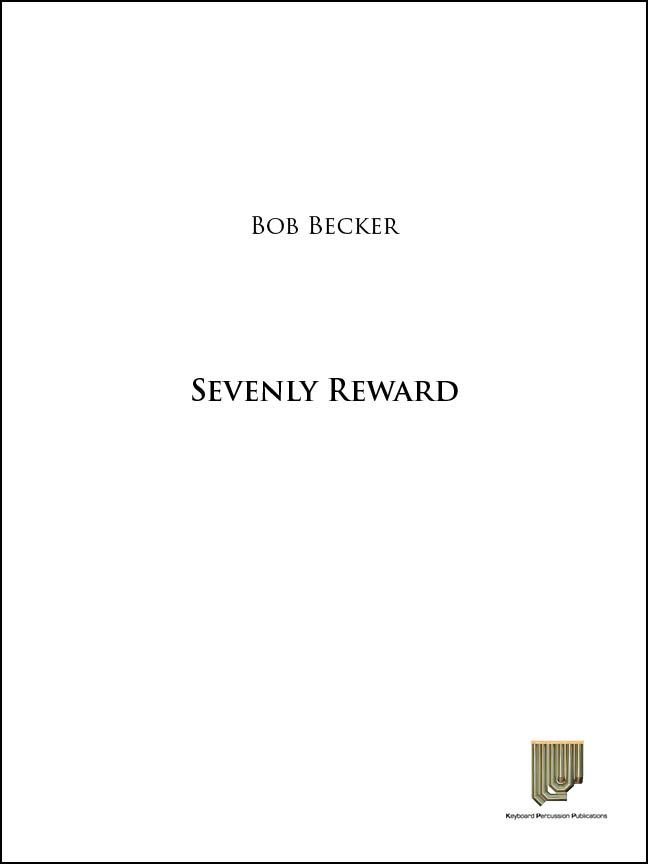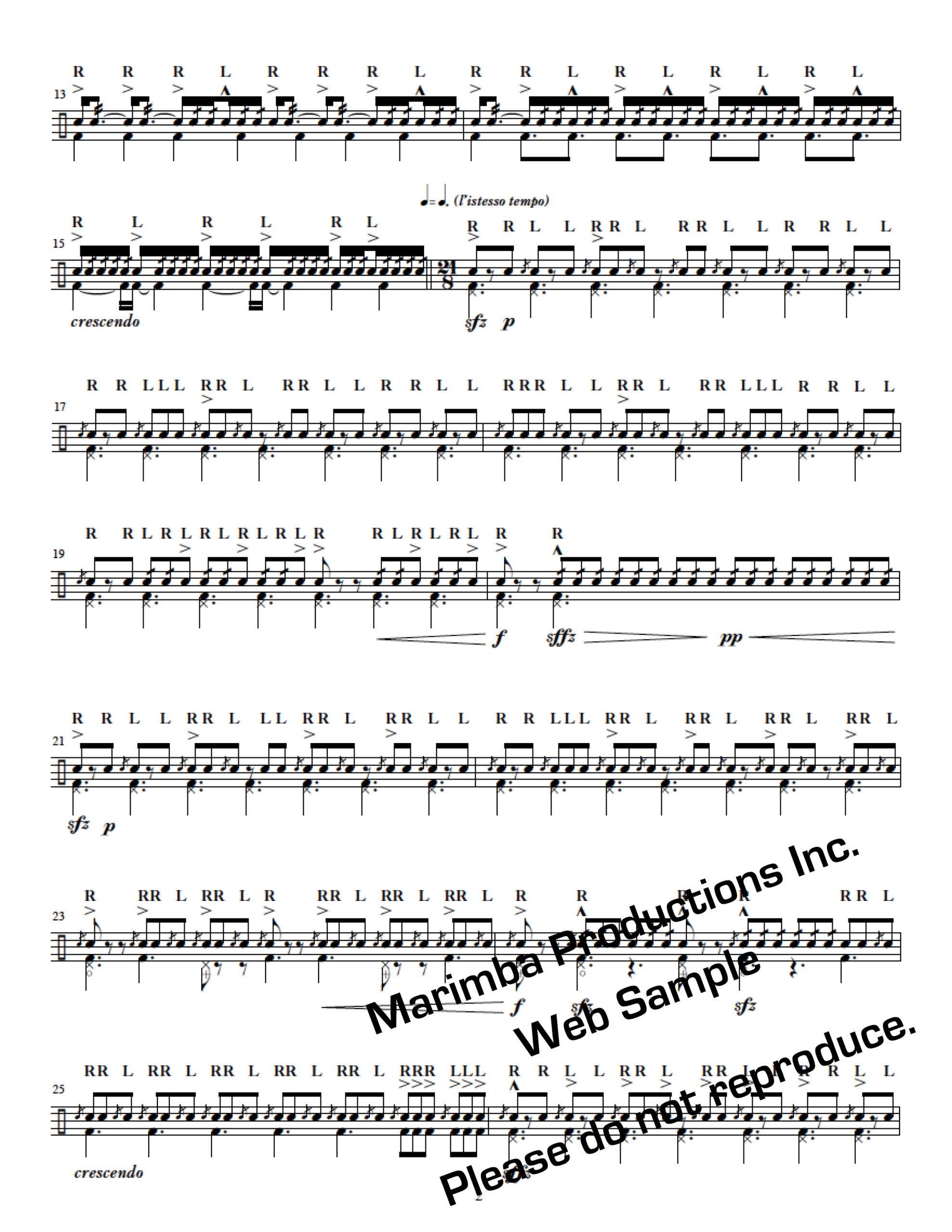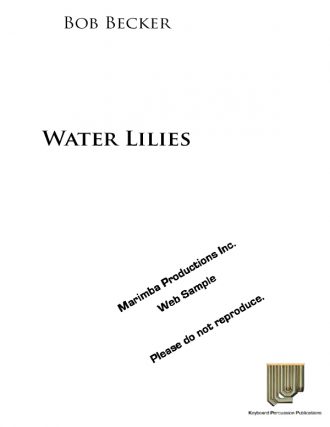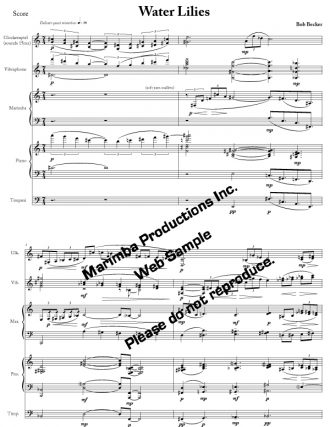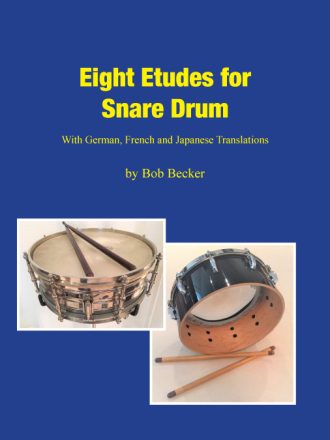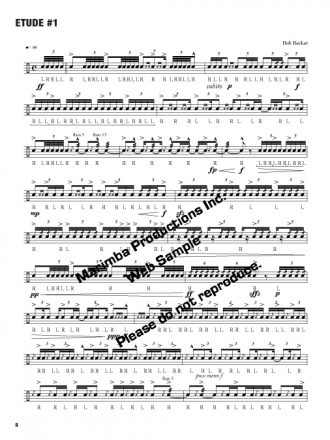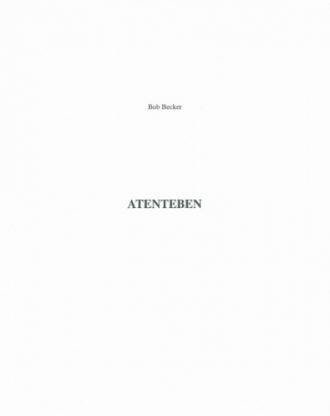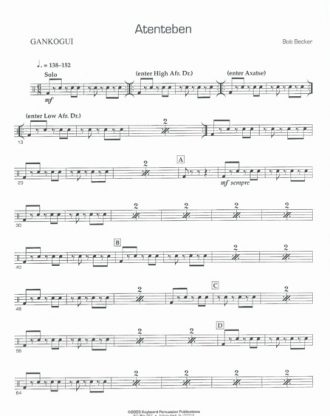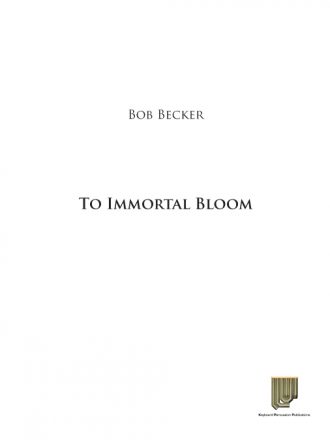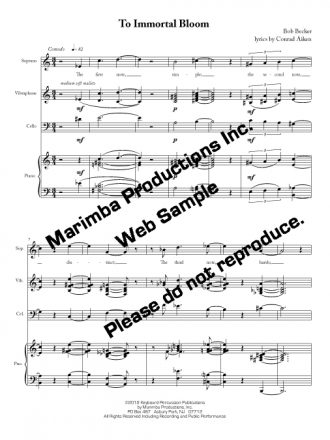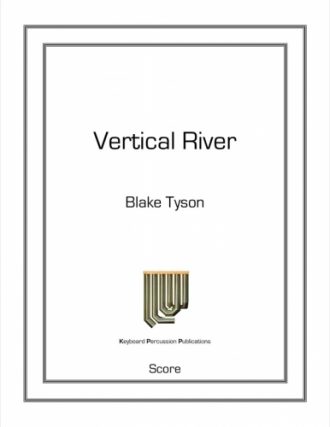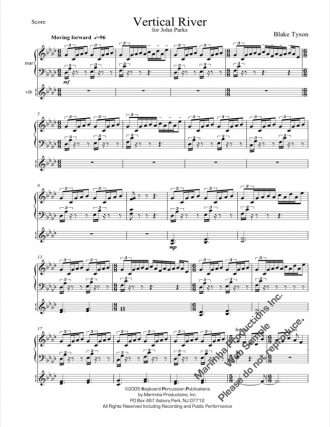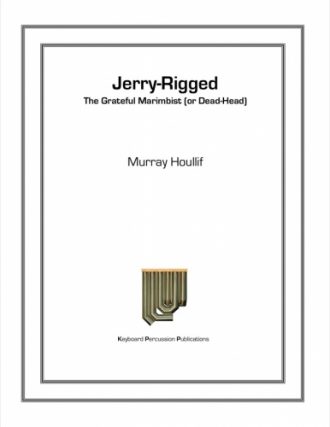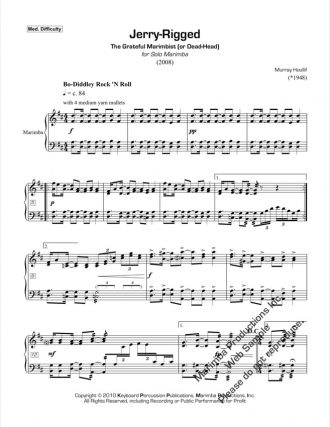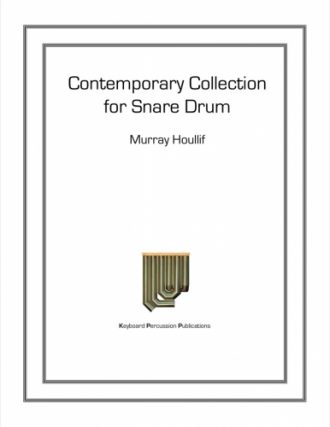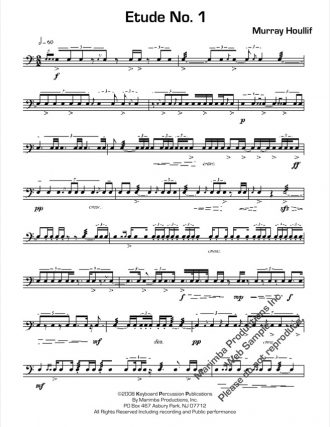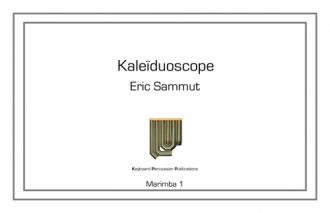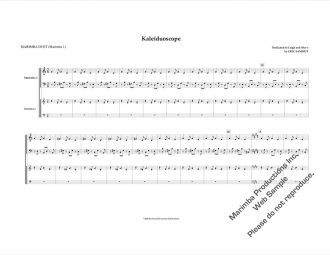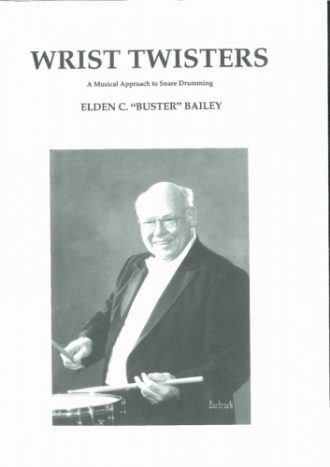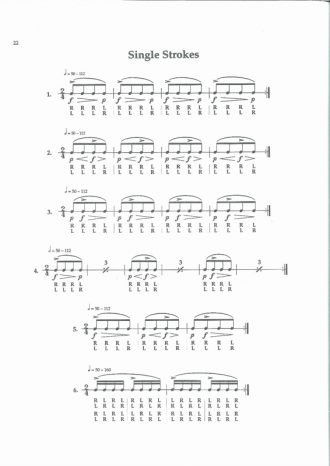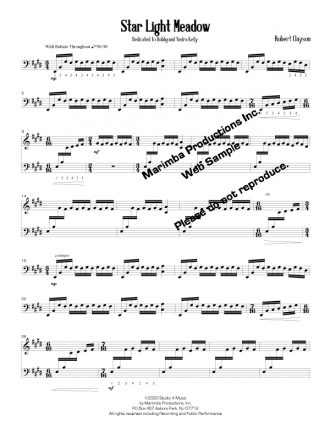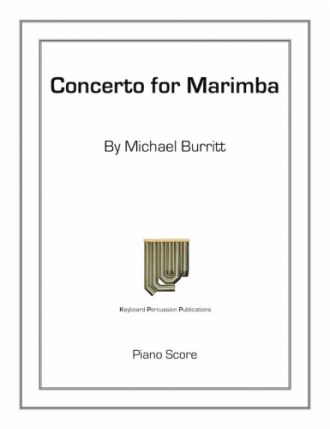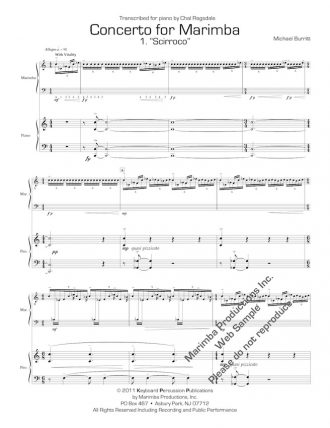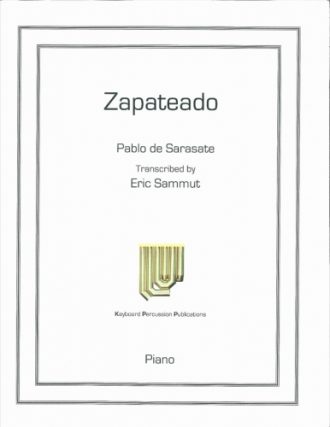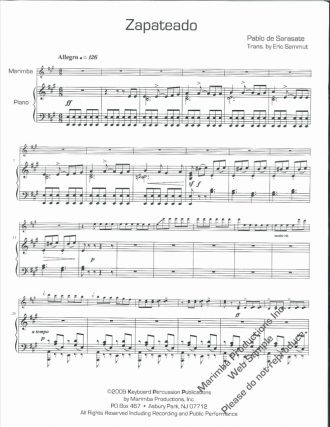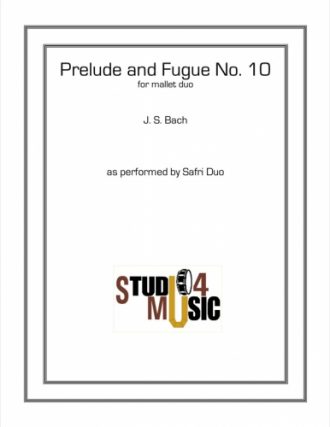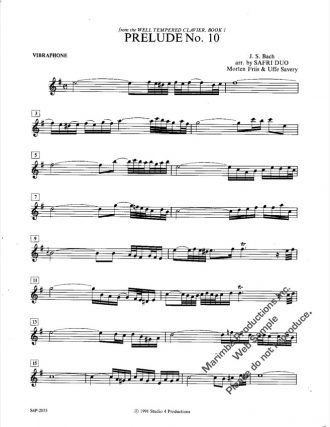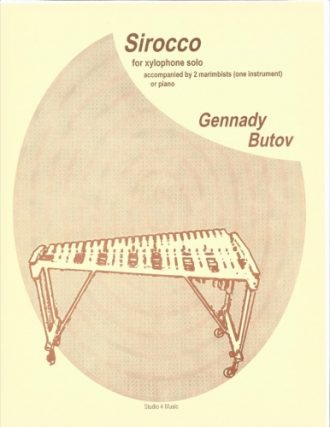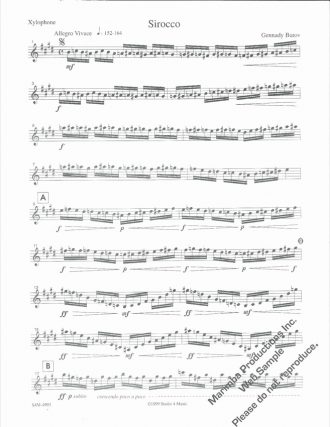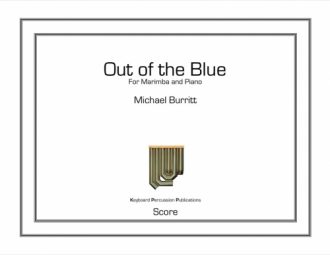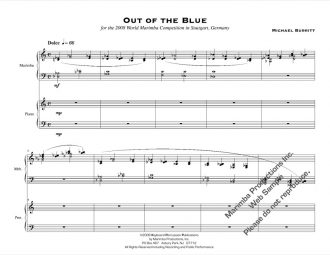What does arithmetic have to do with snare drum rudiments? What does mathematics have to do with rhythm? At a fundamental level, the answer to both questions is: everything. This book will explain it to you and then show you how to apply the knowledge creatively in your own performing and composing. Whether you are playing rudimental solos, orchestral excerpts, drum set grooves, multiple percussion pieces, or even keyboard repertoire, the ideas in “Rudimental Arithmetic” will expand your conceptual options and increase your technical fluency. Some of the areas covered in detail include sticking patterns and permutations, meter and grouping, partitions of numbers, and polyrhythms. The book also includes over thirty pages of exercises and eight very challenging solo etudes.
For most musicians, college and high school algebra classes are a distant (and not too fond) memory. These “required” courses rarely made a musical connection with finding the value of x. However, math hits a little closer to home with contemporary rhythmic applications and rudimental snare drumming in particular.
Bob Becker, Nexus musician and author of Rudimental Arithmetic, A Drummer’s Study of Pattern and Rhythm, has developed a drumming method that combines the mathematical concepts of rhythm with a collection of exercises and etudes. Rarely does a snare drum method book connect conceptual applications of the mathematical foundations of rhythm with musical applications. Becker achieves this goal and more.
When I first received this book, I grabbed my sticks and pad, eager to get started. I quickly learned that the sticks and pad could wait a little while. As with any strong educational process, Becker concisely explores the mathematical concepts of rhythmic groupings and meter before applying it to exercises and etudes. These discussions are thorough with numerous examples.
The book is organized into seven parts: Meter, Rudiments, Permutations, Partitions of Numbers, Polyrhythms, Exercises and Etudes. Each part discusses basic rhythmical concepts and demonstrates the appropriate mathematical formula(s). Then Becker applies these discussions to written musical notation. While there are exercises in each part of the book, the final two parts conclude with numerous pages of outstanding exercises and etudes. To complete the text, Becker adds a glossary of terms (both mathematical and musical) as well as a wonderful bibliography.
How we think about music is integral to the sounds we produce as musicians. Rudimental Arithmetic challenges the reader to mentally explore and articulate the foundations of rhythm for greater potential of application. The book provides “useful tools for improvisation, interpretation and composition in all forms of rhythmic music.” Students of all ages will want to explore this valuable 190-page text, which gives us insight into Becker’s thought processes regarding rhythm. All in all, Rudimental Arithmetic adds up to an outstanding resource.
Mark Ford, Percussive Notes — April 2009

